- Home
- Offers
- Exosomes
- Polynucleotides
-
Brands
-
Manufacturers
- Fillers
- Treatment Areas
- Biostimulators
- Skin Boosters
- Mesotherapy
- Body
- Devices
- Threads
- Needles
- Cannulas
- Cosmetics
- Library
- Academy
- Blog
- Medical Advice
- e-FILLERS Before + After Studio
- About us | Contact
Categories
Recent Posts
Products
-
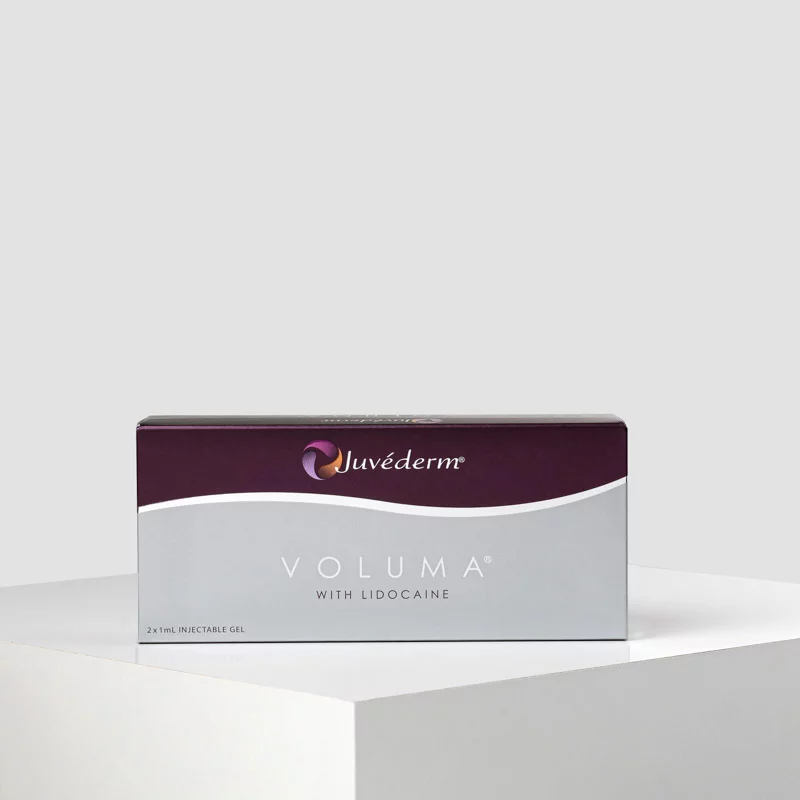
204,00 € 183,60 € -10%
JUVÉDERM® VOLUMA® LIDOCAINE - 2x1ml -
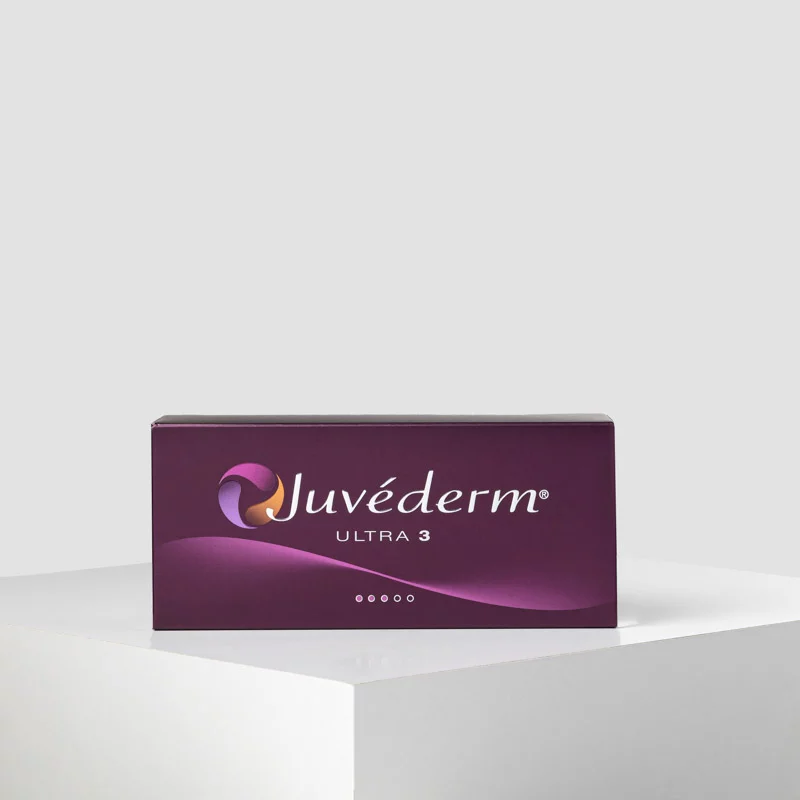
162,00 € 145,80 € -10%
JUVÉDERM® ULTRA 3 - 2x1ml -
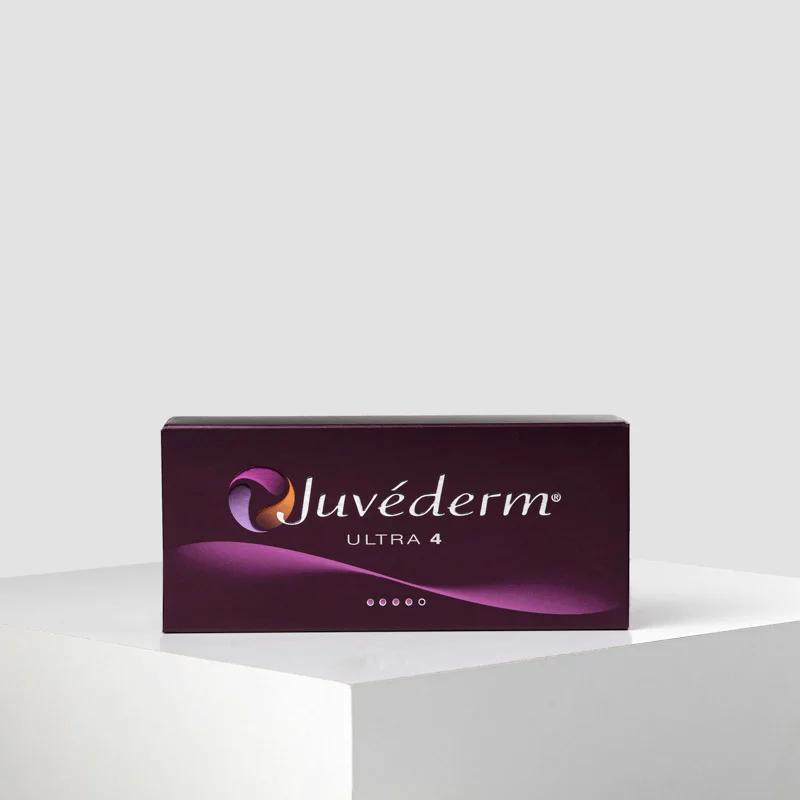
163,00 € 146,70 € -10%
JUVÉDERM® ULTRA 4 - 2x1ml -
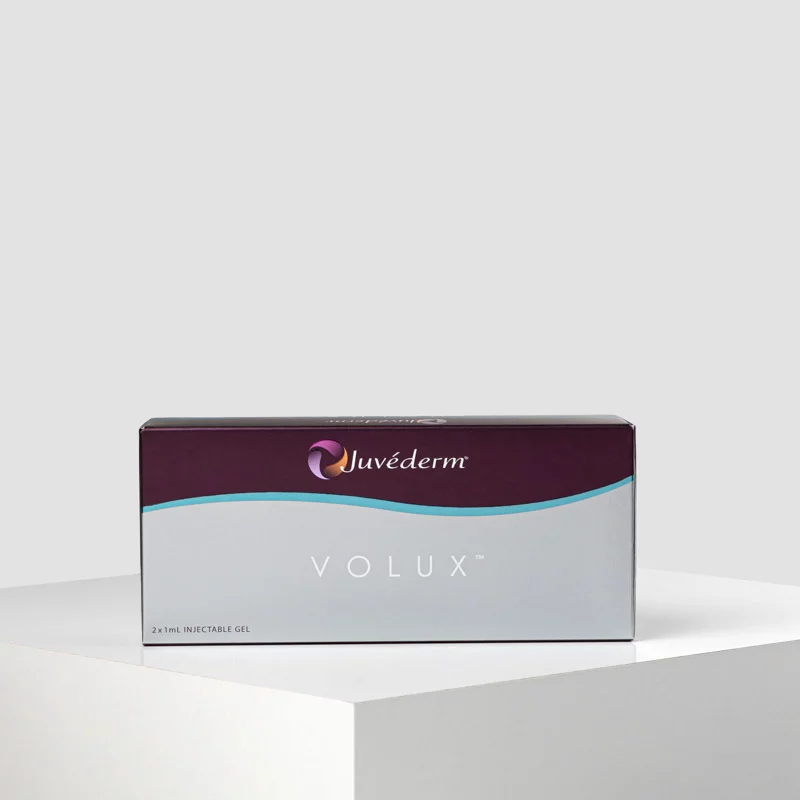
198,00 € 178,20 € -10%
JUVÉDERM® VOLUX™ - 2x1ml -
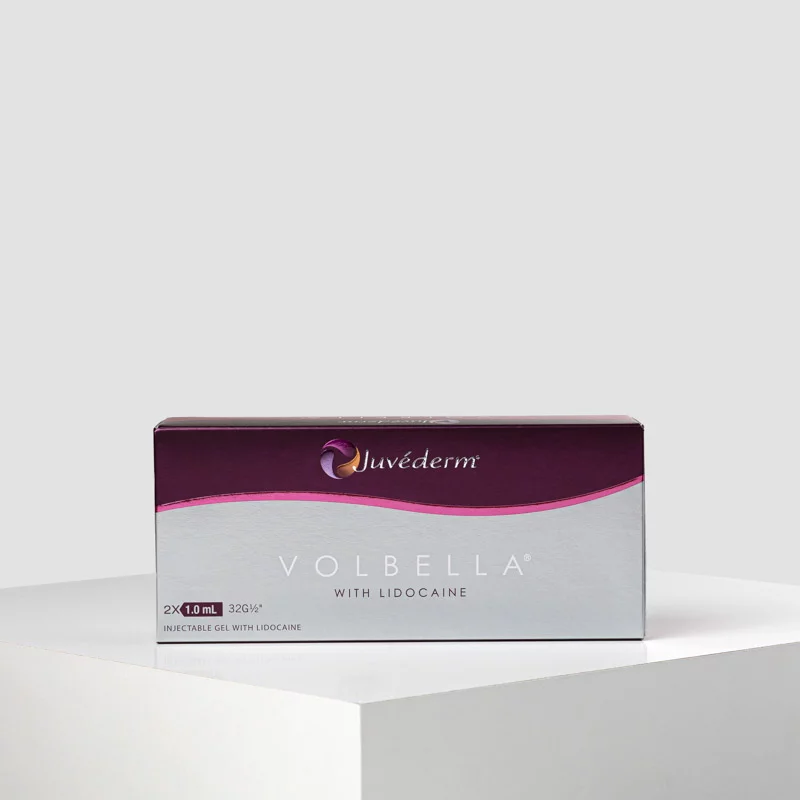
202,00 € 181,80 € -10%
JUVÉDERM® VOLBELLA® LIDOCAINE 2x1ml -
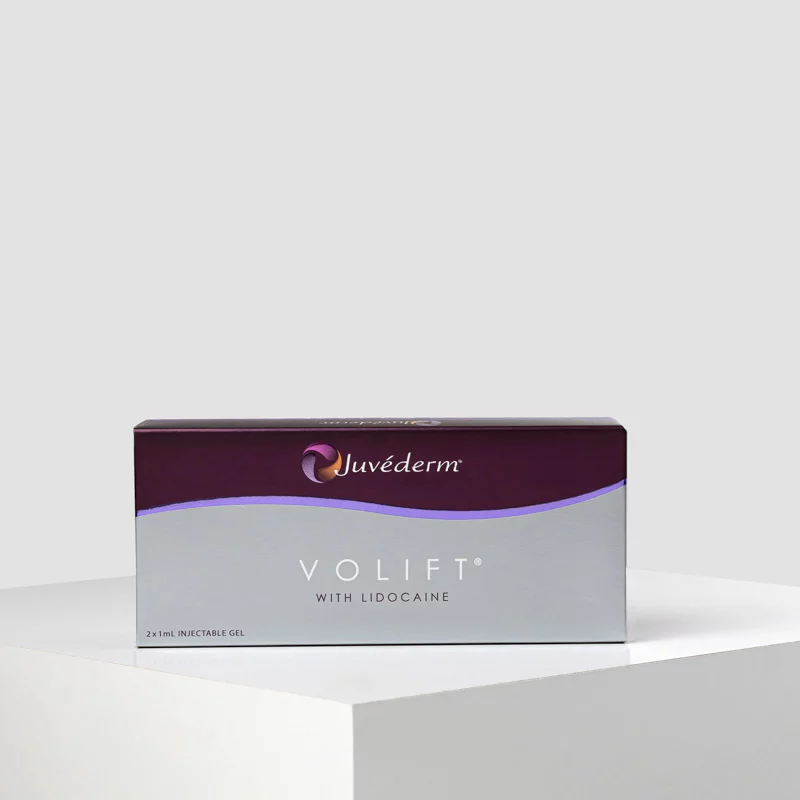
195,00 € 175,50 € -10%
JUVÉDERM® VOLIFT™ LIDOCAINE - 2x1ml -
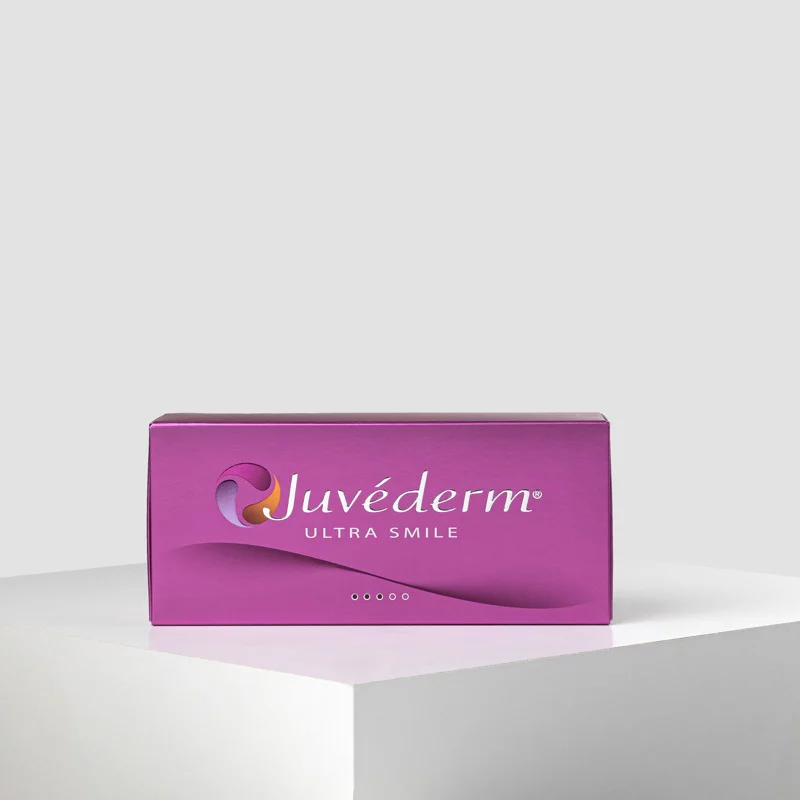
105,00 € 94,50 € -10%
JUVÉDERM® ULTRA SMILE LIDOCAINE - 2x0,55ml -
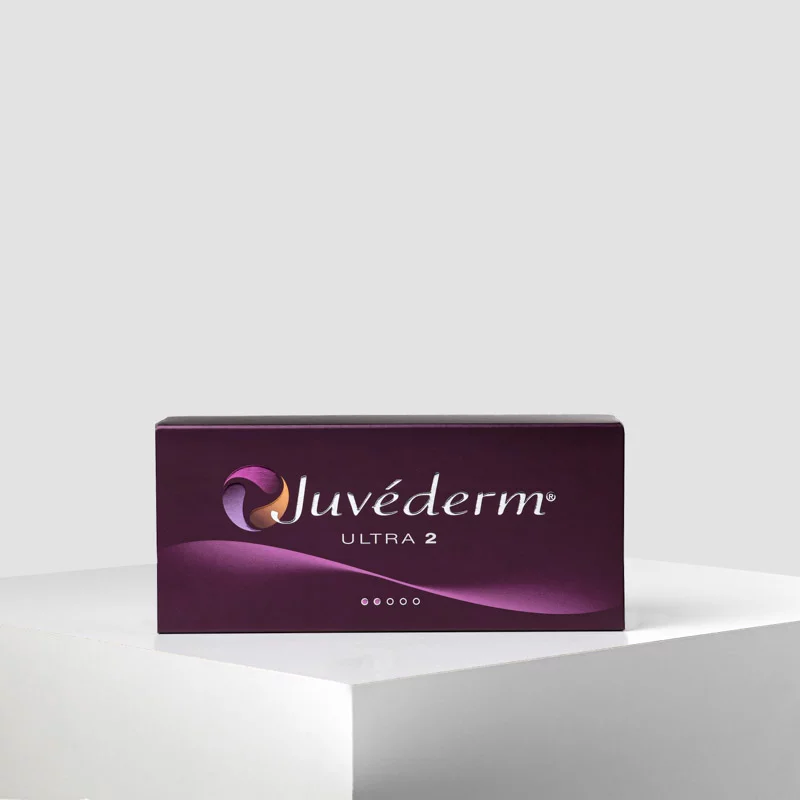
100,00 € 90,00 € -10%
JUVÉDERM® ULTRA 2 LIDOCAINE - 2x0,55ml -
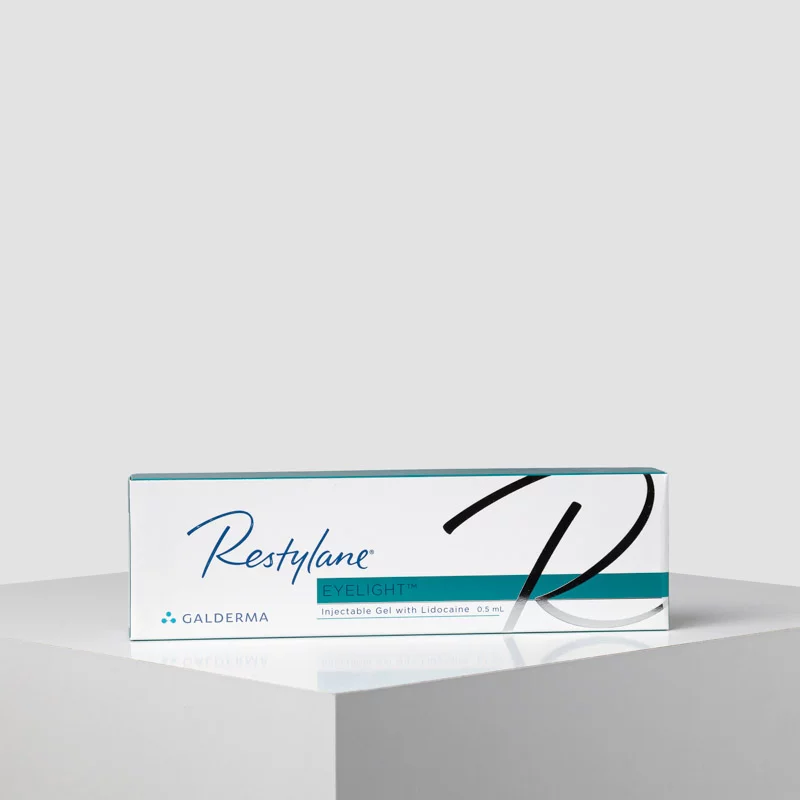
54,00 € 48,60 € -10%
Restylane® EYELIGHT™ - 1x0,5ml -
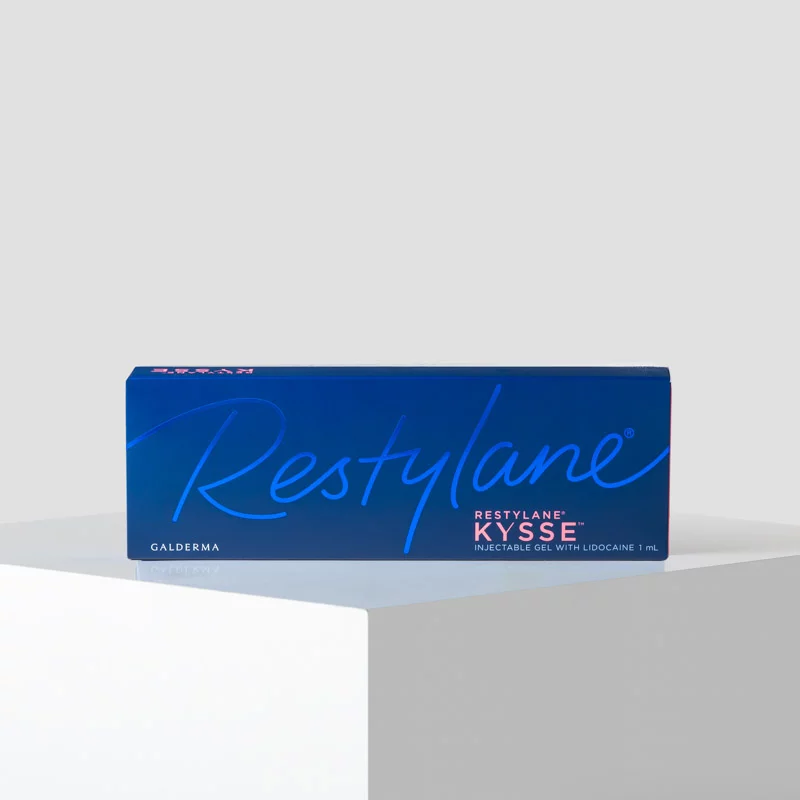
75,00 € 67,50 € -10%
Restylane® KYSSE™ Lidocaine - 1x1ml -

74,00 € 66,60 € -10%
Restylane® VOLYME™ Lidocaine - 1x1ml -
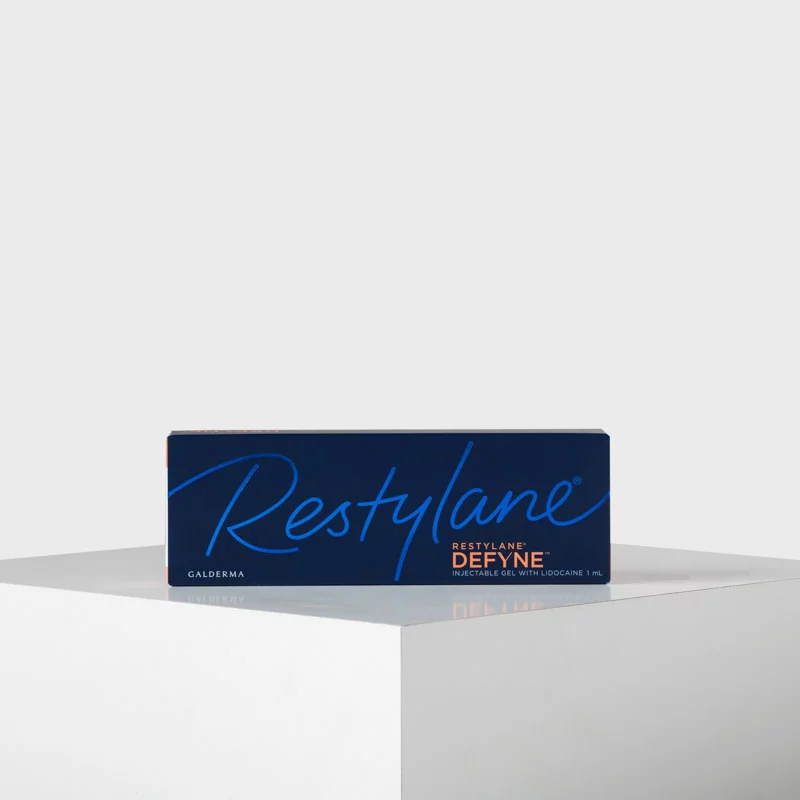
73,00 € 65,70 € -10%
Restylane® DEFYNE™ Lidocaine - 1x1ml -
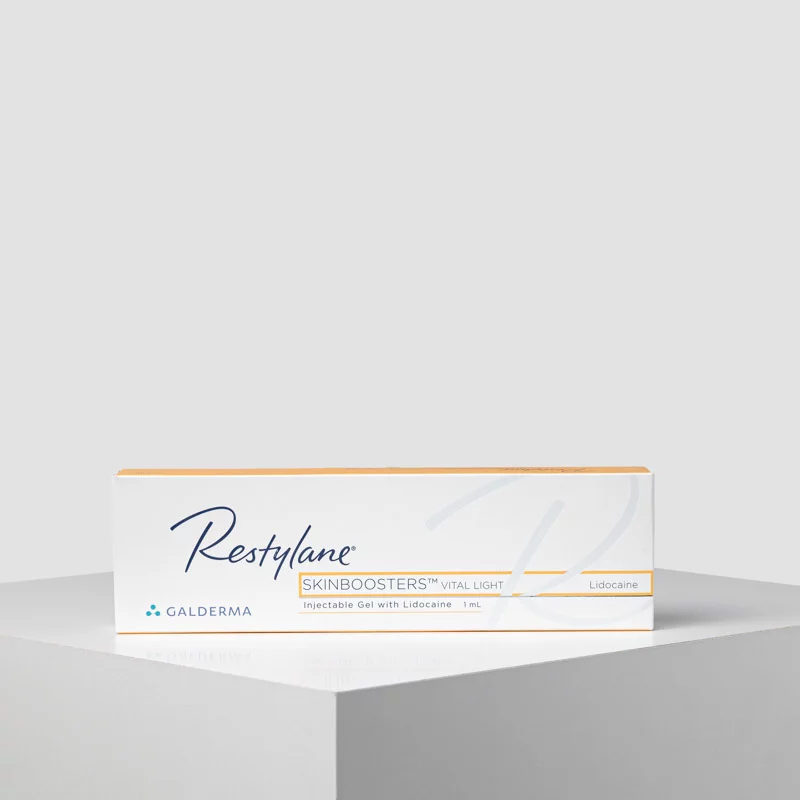
50,00 € 45,00 € -10%
Restylane® SKINBOOSTERS™ VITAL LIGHT Lidocaine 1x1ml -
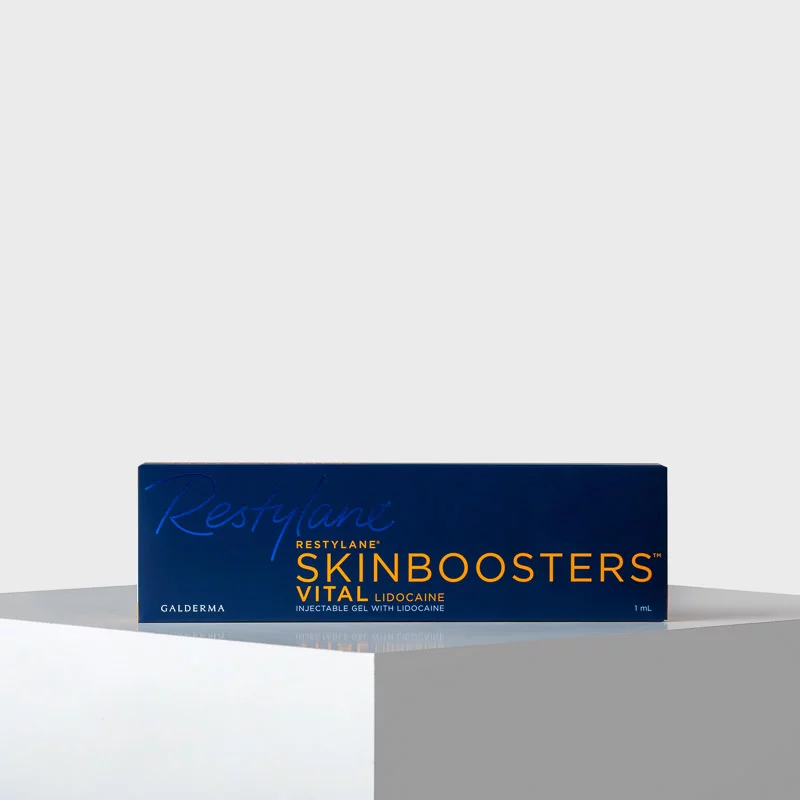
53,00 € 47,70 € -10%
Restylane® SKINBOOSTERS™ VITAL Lidocaine - 1x1ml -
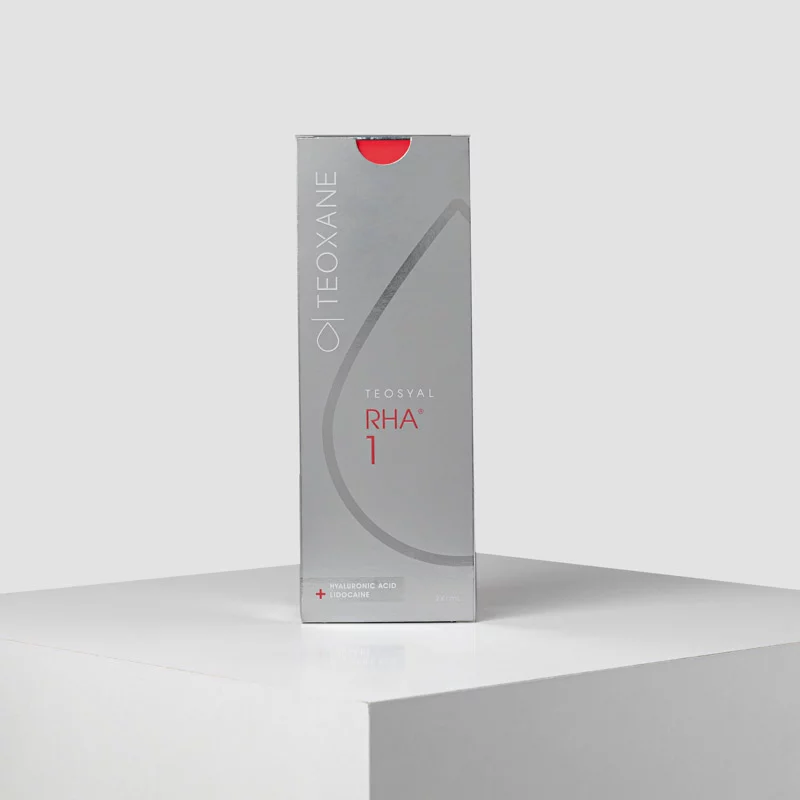
127,00 € 114,30 € -10%
TEOSYAL RHA® 1 - 2x1ml -
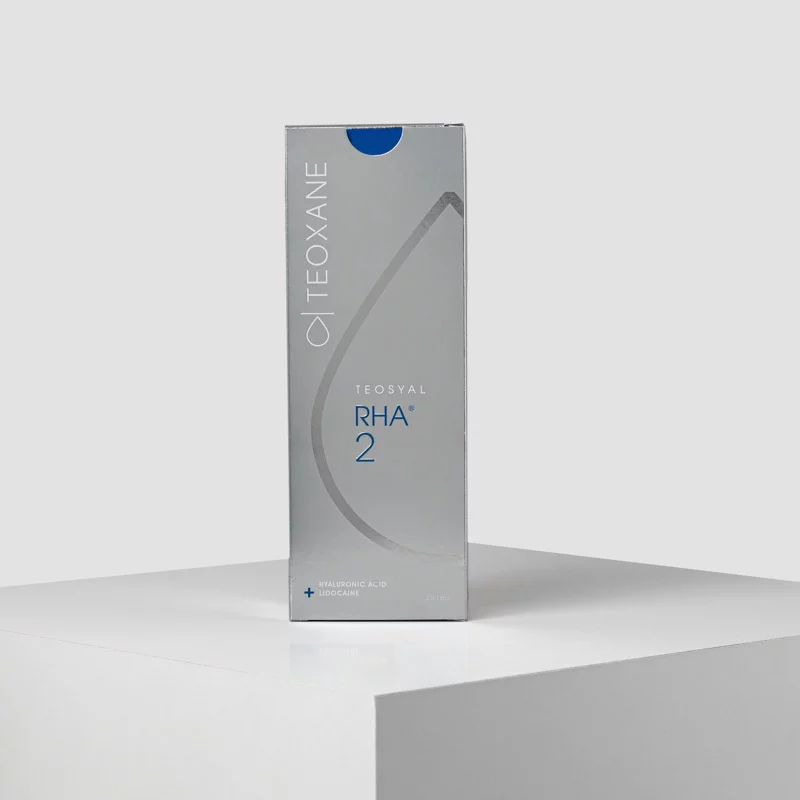
136,00 € 122,40 € -10%
TEOSYAL RHA® 2 - 2x1ml -
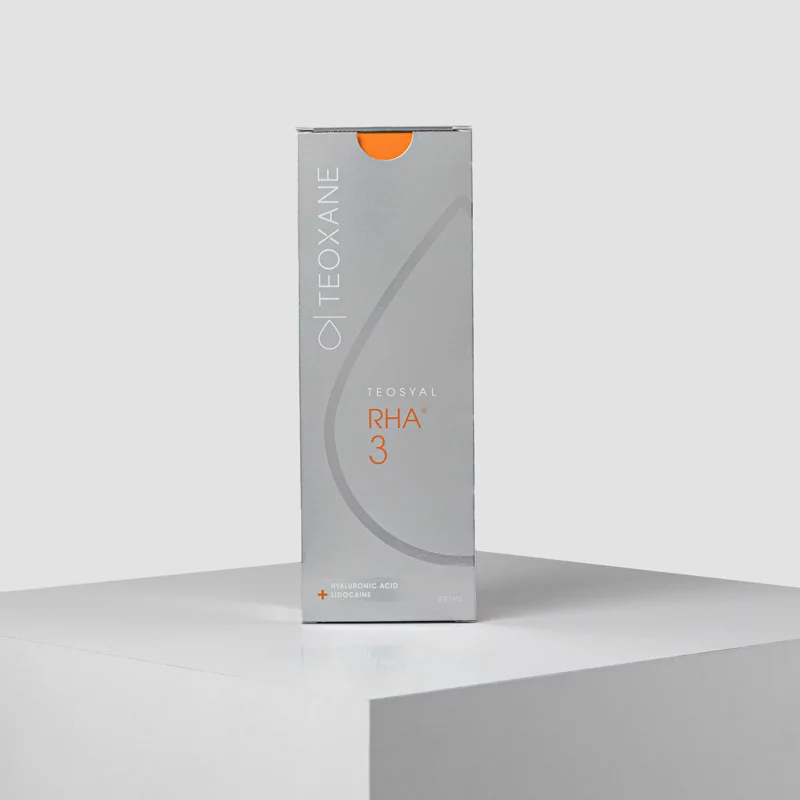
139,00 € 125,10 € -10%
TEOSYAL RHA® 3 - 2x1ml -
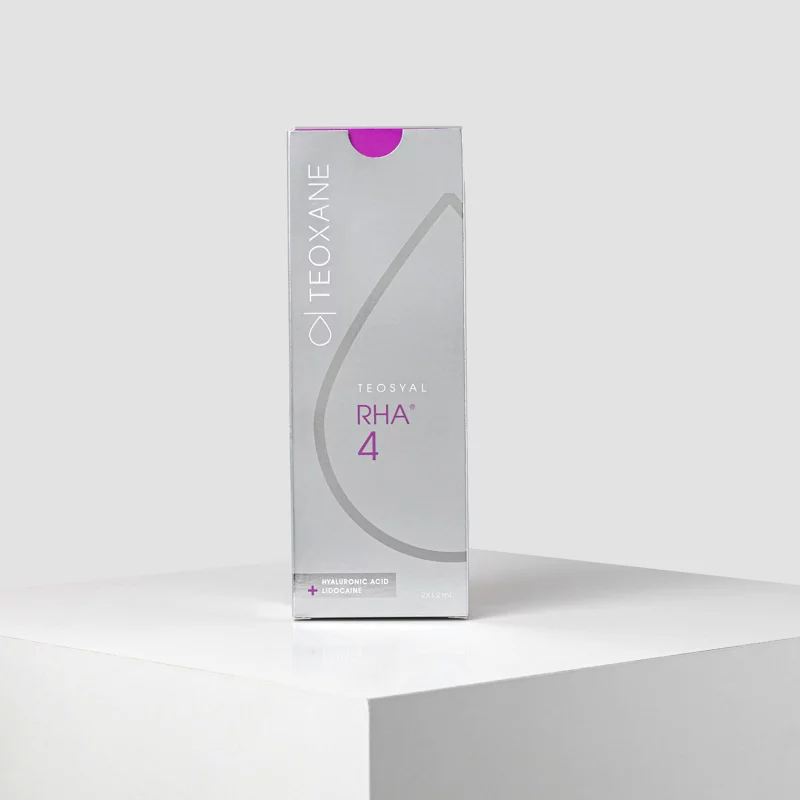
155,00 € 139,50 € -10%
TEOSYAL RHA® 4 - 2x1,2ml -

106,00 € 95,40 € -10%
TEOSYAL RHA KISS® LIDOCAINE - 2x0,7ml -
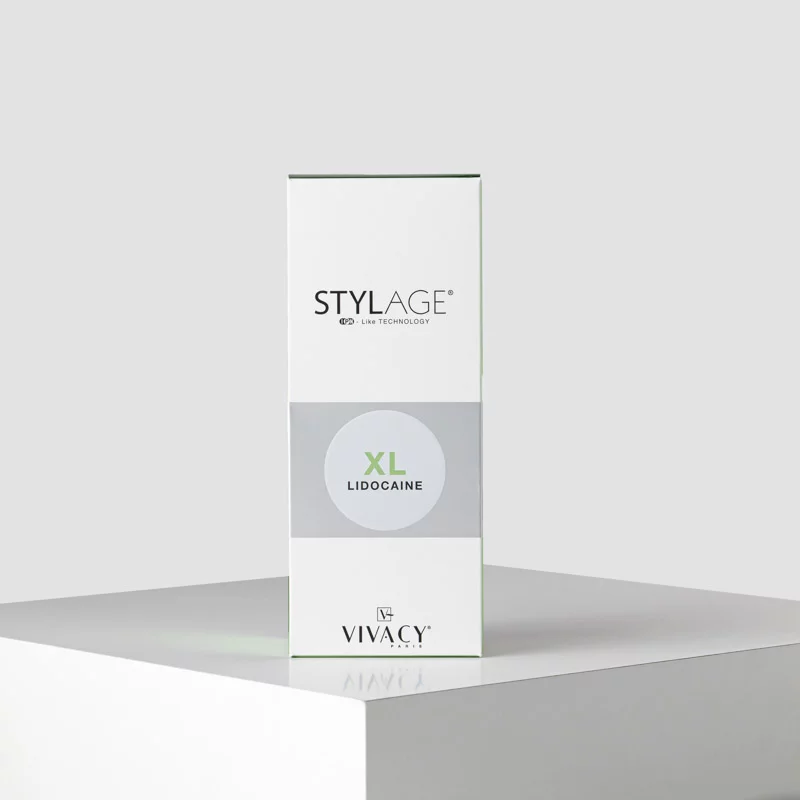
150,00 € 135,00 € -10%
STYLAGE® Bi-SOFT XL Lidocaine - 2x1ml
-

- Author e-FILLERS Team
- Aug 8th, 2024
Preparing for Your First Dermal Filler Appointment: What to Expect
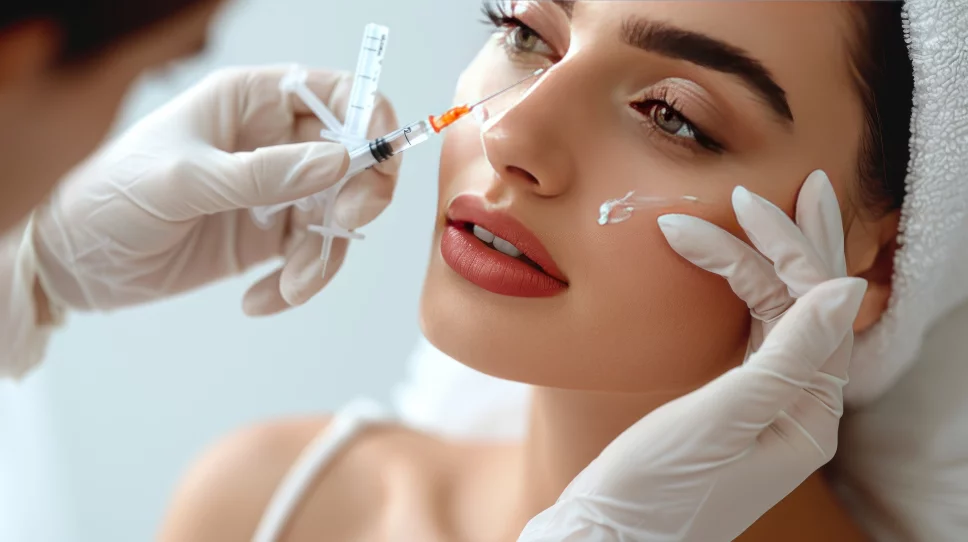
Considering dermal fillers to enhance your facial features or address signs of aging is an exciting step towards achieving your aesthetic goals. Whether you're looking to add volume to your lips, smooth out wrinkles, or contour your cheeks, preparing for your first dermal filler appointment can help ensure a smooth and satisfying experience. Here’s what you need to know before, during, and after your appointment.
Before the Appointment
Research and Consultation
Before booking your appointment, it's essential to research and find a qualified and experienced practitioner. Look for board-certified dermatologists or plastic surgeons who specialize in aesthetic treatments. Schedule a consultation to discuss your goals, ask questions, and assess the practitioner’s expertise.
Topics to Discuss During Consultation:
1. Your medical history, including any allergies or previous cosmetic procedures.
2. The specific areas you want to enhance or treat.
3. The types of dermal fillers available and which one is best suited for your needs.
4. Potential risks and side effects.
5. Expected results and the duration of the effects.
Indicative Products: Commonly used dermal fillers include Juvéderm®, Restylane®, and Teosyal®, each suited for different purposes and areas of the face.
Pre-Treatment Guidelines
Your practitioner will provide specific pre-treatment guidelines to follow, which may include:
1. Avoiding blood thinners: Medications such as aspirin, ibuprofen, and certain supplements like fish oil and vitamin E can increase the risk of bruising. It's advisable to avoid these for at least a week before the procedure.
2. Staying hydrated: Drinking plenty of water helps prepare your skin for the treatment.
3. Avoiding alcohol: Refrain from consuming alcohol 24-48 hours before your appointment to minimize bruising and swelling.
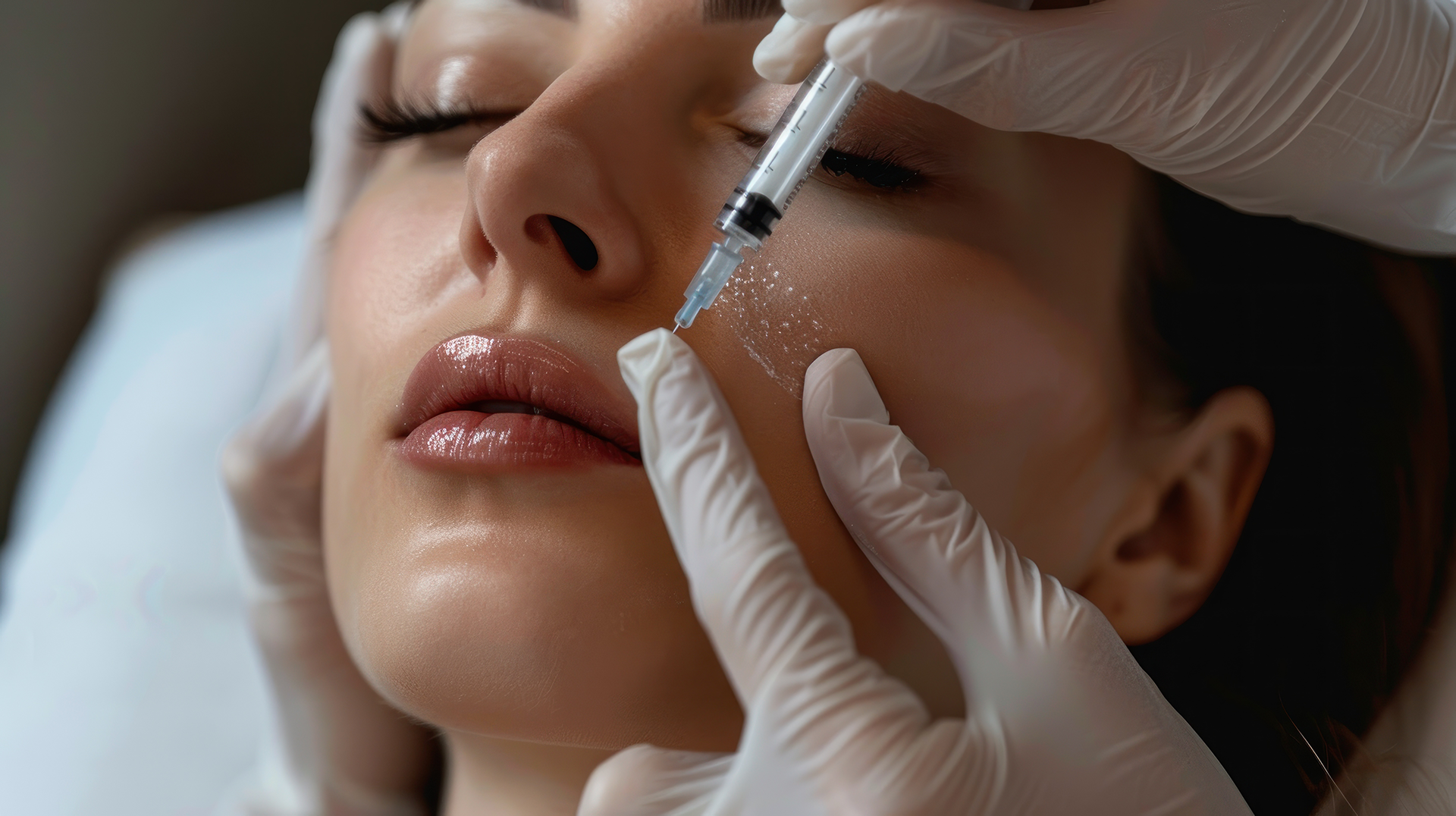
During the Appointment
Initial Assessment and Marking
Upon arrival, your practitioner will assess your facial structure and discuss the final plan. They may use a marker to outline the injection sites to ensure precise application.
Numbing the Area
To ensure your comfort during the procedure, a topical anesthetic or numbing cream may be applied to the treatment areas. Some fillers also contain lidocaine, a local anesthetic, to help minimize discomfort.
The Injection Process
The actual injection process is relatively quick, typically taking 15-30 minutes depending on the number of areas being treated. Using a fine needle or cannula, the practitioner will inject the filler into the targeted areas, gently massaging the product to ensure even distribution and natural-looking results.
Indicative Products: JUVÉDERM® ULTRA SMILE LIDOCAINE and TEOSYAL RHA KISS® LIDOCAINE are commonly used for lip enhancement, while STYLAGE® Bi-SOFT XL is often used for contouring the jawline and cheeks.
After the Appointment
Immediate Post-Treatment Care
Following the injections, you might experience mild redness, swelling, or bruising at the injection sites. These side effects are typically temporary and should subside within a few days.
Post-Treatment Tips:
Post-Treatment Tips:
1. Apply ice packs: To reduce swelling and bruising, gently apply ice packs to the treated areas.
2. Avoid strenuous activities: Refrain from heavy exercise or activities that increase blood flow to your face for 24-48 hours.
3. Stay upright: Avoid lying down for at least four hours post-treatment to prevent filler migration.
Monitoring Results
Results from dermal fillers are often visible immediately, with full effects apparent within a week as swelling subsides. Your practitioner may schedule a follow-up appointment to assess the results and determine if any touch-ups are needed.
Long-Term Maintenance
The longevity of dermal fillers varies depending on the product used and the area treated. Typically, fillers last between six months to two years. To maintain your desired look, discuss a treatment plan with your practitioner, which may include periodic touch-up sessions.
Conclusion
Preparing for your first dermal filler appointment involves research, consultation, and following pre- and post-treatment guidelines to ensure the best results. Understanding what to expect can help you feel more confident and achieve your aesthetic goals effectively. By choosing a qualified practitioner and adhering to their advice, you can enjoy the benefits of dermal fillers with minimal risks and optimal outcomes.
For more detailed information and a range of dermal filler options, consult with your local aesthetic clinic or explore reputable online resources.

.webp)
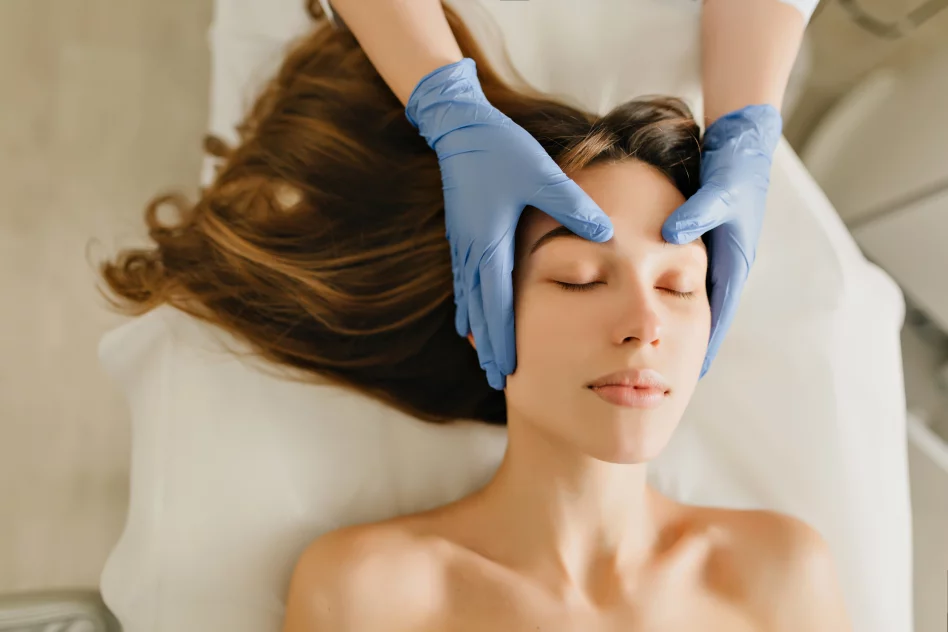
.webp)